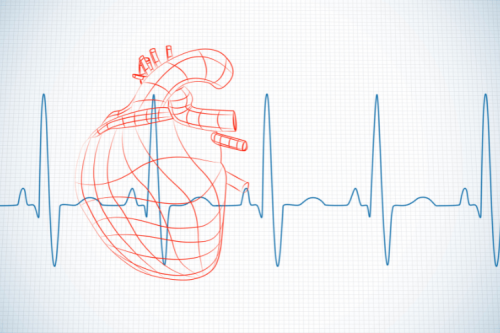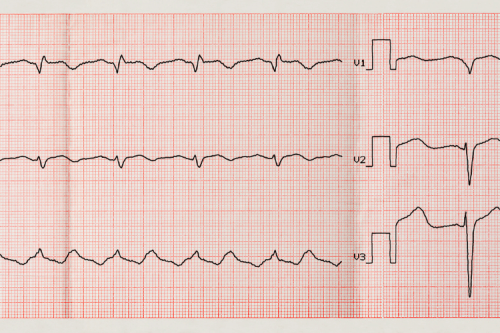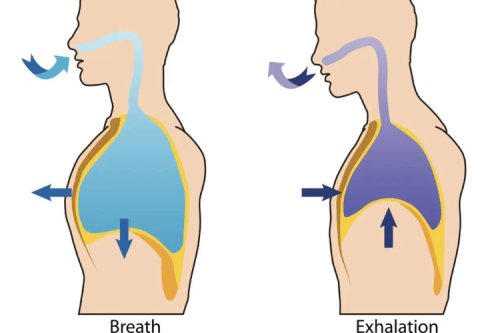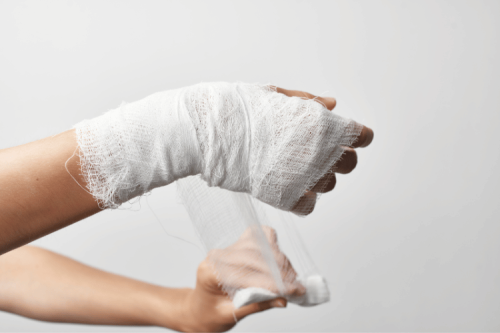
Creativity and innovation in children is provoked with Legos which has been one of the classics in children’s playrooms. The only worry which parents of younger children have is related to safety when toddlers are playing with these small building bricks. The purpose of this article is to share some useful information as well as practical suggestions for avoiding choking hazards related to small parts of Legos, therefore making wind up the safe and pleasant environment for enjoyable play. If parents educate themselves about the situation and take some protective measures, children will be able to unlock their household creativity with less chance of accidents.





What Makes Lego Sets a Choking Hazard for Kids?

Evaluating the Choking Dangers Posed By Small Lego Parts
Due to their small maximum length of 4 centimeters, small Lego parts pose a potential choking hazard since they are quite capable of blocking a young child’s airway if swallowed or inhaled. Children especially those below the age of three have an inherent tendency to mouth objects as part of their exploratory behavior. Many affixing Lego parts like blocks are likewise dangerous as they are small enough to fit inside a child’s throat, thus ending up as a choking hazard that can necessitate emergency medical attention. As a result, parents should keep an eye on their children’s playtime and have them use only Lego pieces that are suitable for their age group.How Do Safety Considerations Impact Lego Designs?
Lego designs do conform with the acceptable safety standard measures that are intended in the first place to minimize the hazards associated with the use of Legos. It encompasses other measures such as recommending the minimum dimension of some pieces so that they cannot be easily swallowed. There are also large Legos meant for younger ones, for example, in the Duplo range, which are so made as to be larger to mitigate the chances of a choking hazard. There are also age restrictions on Lego sets to assist parents in purchasing the appropriate toys for their kids based on their age. All these measures and guidelines are meant to enhance the safety of the Legos and the hitch about safety does not come into the picture.How To Recognize Gender Stereotypes In Toy Packaging: Warning Signs
Looking at toys and their body packaging and labeling, children are able to distinguish between products which are appropriate for their age with the available safety warnings. It is common to find such graphics or text saying that small toys are choking hazards for children younger than three years. More over, many packages would mention about a toy that has small pieces which could be hazardous to younger children. Parents, through these warning signs in the toy package, would be able to judge when their children would be safe while playing with their toys.How Can Parents Keep Lego Toys Safe?

Safe Lego Building Practices for Parents
In order to keep Lego toys safe, parents should ensure that children follow the guidelines provided, monitor children during play and inspect toys regularly for the missing or broken parts that could be a choking hazard. As best they should put Lego sets high up and out of reach of children under the age of three as such children tend to put objects into their mouths. Children should learn how to play with Legos appropriately as well as how to collect all of them after play.Building with Lego Safety for Children Less than Three Years
There is a need to stay away from Lego sets with small pieces for children who are three years old and below while opting for larger models that are more suitable for children that age such as the Duplo models .Children need and should be attended to while playing with toys so as to prevent swalling of the toys. Toy assessment is also essential, Lego pieces should be put in cassettes, for older kids, after they finished playing to unsafe parts from younger kiddies.How to Responsibly Organize Lego Sets to Avoid Clutter and Risk
For the organization of lego sets and in order to avoid messes as well as Risk, create a designated play area with some form of storage solution such as bins or containers to keep the pieces. For sorting of Legos, use shallow trays to group different types or colors of Legos, so that they do not become obstructive. Make it a point to clean the area on a regular basis to ensure that pieces are not misplaced or strewn around the place and encourage children to take part in cleanup to develop good habits.What Are the Standards for Lego Safety?

Gaining Knowledge about the Rules for Providing Safety Estimate to Toys in Europe
Every toy sold in Europe, including Lego, is subject to safety requirements set by the Toy Safety Directive, an EU regulation. This regulation obliges essential tests of mechanical, physical, and chemical safety features with valid results in the prevention of choking, suffocation, toxicity hazards, etc. The compliance of these requirements is confirmed by the CE marking placed on goods and services, certificates about the safety of toys manufactured within EU jurisdiction that meet each jurisdiction’s required safety standards.The Process by which Product Safety Standards are Globalized
Product safety standards are globalized through technological improvements, active and informed consumers plus collective efforts in regulating the standards. New materials, processes and products require some changes in safety standards to address problems which may arise with new innovations. Moreover, there are international organizations such as the International Organization for Standardization (ISO) that constructs standards that ensure the safety of nations and sped up inter-regional trade. It is also essential that these standards are coordinated to be up to date and effective in achieving the core objectives of protecting the consumers.The Role of Consumer Safety Commissions
One of the essential roles of these commissions is to protect the health of consumers by controlling adherence to the already existing risk management measures and dealing with risks arising from the introduction of new products. Hazardous products are detected using a combination of research, market testing, and consumer reporting, with recalls or advisories issued as appropriate. Such commissions do work in conjunction with producers and international organizations to raise the safety levels of the products, inform consumers on safe use of the products, and help establish conditions for the manufacture of safe products. Thus, being involved in the safety monitoring and control function means these commissions to a large extent ensure that products available in the market do not expose the users to unnecessary dangers.What to Do in Case of a Choking Incident?

The First Aid Action Plan for Choking Akas - Heimlich Maneuver
In case choking occurs, it is critical to remain composed and act with speed. Start by checking whether the afflicted individual is able to cough, speak, or breathe. If they cannot, the Heimlich maneuver should be implemented where you move behind the individual and grasp their waist. A fist is made with a hand and positioned just above the individual’s belly button, before another hand is encircled around the forming fist. Start hammering a persisting upward thrust until the foreign object is removed. If the victim is unconscious, call for the help of the emergency services and start the CPR process. Continue monitoring for a possible injury on an individual on whom you execute the Heimlich, and obtain medical treatment early to avoid any serious medical concern.The Emergency - When You Need To Go To The Hospital Immediately
Choking emergencies are quite common. However, even if an object in a choking individual is not able to be removed, or the object has been removed yet the individual is not able to breathe, or they lose conscious, then do not delay in obtaining the hospital assistance. Make sure that these instances are evaluated by the doctors looking for trauma and risks that could result from the aforementioned incidents.Importance of Reporting Incidents to Authorities
There are several advantages associated with reporting of incidents to authorities. First of all, reports will help improve the safety of the product and prevent incidents from occurring in the future. Secondly, it facilitates regulatory agencies to evaluate and recognize hazardous products as well as take the appropriate actions like issuing recalls or swifter manufacturing constraints. Furthermore, enhancing the understanding of the specifics of such incidents can provide important information towards safety research efforts, thereby shielding consumers and encouraging the design of safer products.Why Are Duplo Blocks Recommended for Younger Kids?

An Examination of the Design Characteristics of Duplo Blocks
The recommendation to use Duplo blocks is primarily aimed at younger children because of their bigger dimensions that have a lower likelihood of being a choking hazard when compared to other smaller building blocks. The edges of the design are rounded as well which makes them quite safe for young children to hold. Additionally, they are intended to be easily grasped and manipulated, allowing the young child to develop fine motor control skills and engage in imaginative play. They can be sidled in with standard Lego blocks which promotes constant usage and learning as the children advance in age thus the blocks have a wider range in terms of longevity and usefulness.How Duplo Sets Help Control the Choking Risks
Duplo sets help control the choking risks by providing a size that is more than twice the size of the normal Lego bricks which would be a bit difficult for young children to place inside their mouths. This is a purposeful design which decreases the chances of a child swallowing any of the blocks by accident. In addition, there are also rounded corners and edges that serve to eliminate the possibility of injuries during the course of playing. Since their design is safety centric, Duplo sets offer children a safe building experience.The Transition from Duplo to Lego as Children Age
The shift from Duplo to Lego as children age is made smoother by the fact that both types of blocks can be used with each other. As their hands grow in coordination and the brain develops, children can easily use more complicated Lego sets and combine them with their older Duplo blocks. This advancement enables continuous creativity as well as engages them in solving problems through more complex building tasks.Reference sources
Frequently Asked Questions (FAQs)
Q: Are Legos a choking hazard for children aged 3 or below?
A: Yes, Lego segments can be acute dangers especially to children aged below three since they can cause choking. It is wise to keep them away from infants and toddlers to avert such occurrences.Q: What additional measures should I adopt to ensure there is no risk of chocking on Legos in my house?
A: To reduce the risk, it is helpful to remain active so that loose legos are not left on the floor but contained to a table or other appropriate location. Also, after using Legos, parents should put elements away so that children do not have access to loose parts.Q: What Is the appropriate age for giving Legos to children as young as three? How should such toys be given to these children?
A: Children under three years old and without adult supervision should not be given regular Lego sets as they pose a choking risk. Alternatively, larger, toddler-safe blocks that intro older children are much more appropriate to use for younger builders.Q: What should I do if a child swallows a Lego piece?
A: If a child has swallowed a Lego piece, the child should be taken to the hospital without delay. Never attempt to induce vomiting in the child. It is important to remember to tell the doctor what size or type of Lego piece was swallowed.Q: Is it possible for a child to choke on a Lego piece?
A: Yes, small Lego pieces are a choking hazard for a child. In such situations, calm yourself and get help quickly. Don’t reach for a lego piece stuck in the mouth, because the child could be injured further.Q: Is there a law which regulates the stuffing of Lego blocks and states how many pieces can be choked on?
A: Yes, Lego toys are required to meet certain standards and regulations, which also include caution about suffocation to toddlers below three years which is provided for on their pack. These have a place on every packaging.Q: Can a Lego piece be a choking hazard for pets?
A: Yes, there is a possibility the Lego piece can be swallowed similar to how it is with small children. Be sure that Legos are placed out of reach of standalone pets so that there are no risking occurrences.Q: Why can Lego pieces be called a risk to babies younger than three years old?
A: Care must be taken with Lego pieces because they are small in size and even children younger than three years may try to put them in their mouths or during play when they might be trodden upon which results in injuries. Thus, it is essential to observe the recommendations made by age limits such as the ones set up by a manufacturer.1724








 Login with Google
Login with Google Login with Facebook
Login with Facebook